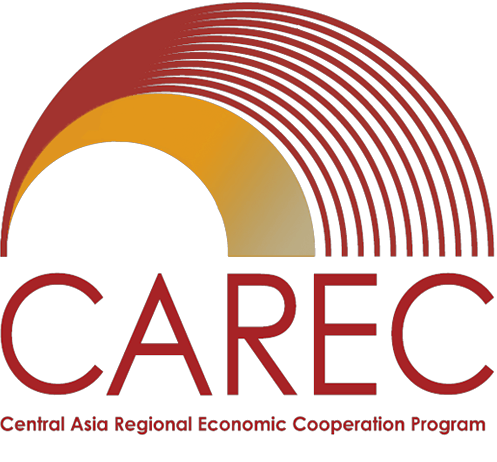From South–West to East–West Roads, Kazakhstan's CAREC Corridor 1 Portion Gets Another Upgrade
Central Asia Regional Economic Cooperation (CAREC) Corridor 1b, also called the Western Europe–Western [People’s Republic of] China Corridor, will be further improved by the East–West Roads Project. The World Bank approved a $1,068 million loan in May 2012 for this project in Kazakhstan, aiming to increase transport efficiency along the road corridor within Almaty Oblast, and modernize highway management on sections of the corridor. The Government of Kazakhstan will contribute $188 million to the project.
CAREC Corridor 1b is the main road corridor crossing Kazakhstan from the border with the People’s Republic of China (PRC) in the southeast, through Almaty, Taraz, Shymkent, Kyzyl-Orda, and Aktobe, to the border with the Russian Federation, a total stretch of 2,787 kilometers (km). Construction started in 2009 under the $2,125 million World Bank–financed South–West Roads Project that will upgrade 1,065 km of the corridor in South Kazakhstan and Kyzylorda Oblasts.
The East–West Roads Project approved in 2012 is expected to provide by 2017 an efficient transport link from Almaty, a major economic center of Central Asia, to Khorgos, the primary road border-crossing point between Kazakhstan and the PRC. This project will complete the upgrade of Corridor 1b. The World Bank envisages an improvement in road transport mobility for about 7.9 million people, about half of Kazakhstan’s population.
World Bank Country Manager for Kazakhstan Sebnem Akkaya said the Almaty–Khorgos Corridor will significantly impact the regional economy. It will serve as a transit link for goods imported from the PRC to Kazakhstan and other Central Asian countries, thus accelerating trade flows and economic prospects. “The development of transport infrastructure combined with efforts to increase the efficiency of the transport sector is an enabling factor towards the development of the country’s economic competitiveness, increased productivity, and diversification.”
The project covers the Almaty–Shilik, Shilik–Tashkarasu, and Tashkarasu–PRC border road sections of CAREC Corridor 1b. The new Almaty-Khorgos Corridor will be 13% shorter than the existing one, decreasing from 351 km to 305 km, and will be upgraded from 2 lanes to 4 lanes. About 65% of the works will involve new alignment. The road corridor is expected to accommodate the growth of average annual daily traffic from the current 6,900 vehicles per day in 2011 to about 17,000 vehicles per day estimated for 2025.
The quality of services provided to road users will be improved—vehicle operating costs are expected to be 13% lower when the new road will be completed. The riding quality and road safety will also improve. The project will also help state-owned company Kazakavtodor—to better serve road users and become an efficient, service-oriented institution.
Task Team Leader for the East–West Roads Project Jacque Bure said the project will help strengthen the institutional framework of the road sector to ensure proper operation and maintenance of the international road network in Kazakhstan. “Involvement of the World Bank will promote transparency in use of resources, introduction of internationally compliant fiduciary, safeguard standards, and modern technical standards for road design and construction.”
Civil works will be completed in 2015. The Government of Kazakhstan, represented by the Ministry of Finance, will provide $188 million as counterpart financing for the $1,256 million East–West Roads Project. The project implementation entity is the Ministry of Transport and Communications through the Committee of Roads.
